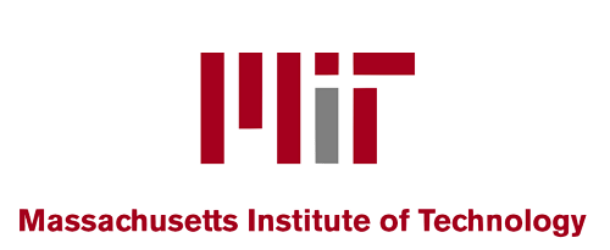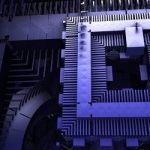MLB–A Peculiar State of Matter in Layers of Semiconductors–Could Advance Quantum Computing

(SciTechDaily) Research at MIT using a phenomenon called many-body localization (MBL) in layers of semiconductors could advance quantum computing.
MBL is a peculiar phase of matter, proposed decades ago, that is unlike solid or liquid. Typically, matter comes to thermal equilibrium with its environment. That’s why soup cools and ice cubes melt. But in MBL, an object consisting of many strongly interacting bodies, such as atoms, never reaches such equilibrium. Heat, like sound, consists of collective atomic vibrations and can travel in waves; an object always has such heat waves internally. But when there’s enough disorder and enough interaction in the way its atoms are arranged, the waves can become trapped, thus preventing the object from reaching equilibrium.
BL had been demonstrated in “optical lattices,” arrangements of atoms at very cold temperatures held in place using lasers. But such setups are impractical. MBL had also arguably been shown in solid systems, but only with very slow temporal dynamics, in which the phase’s existence is hard to prove because equilibrium might be reached if researchers could wait long enough. The MIT research found a signatures of MBL in a “solid-state” system — one made of semiconductors — that would otherwise have reached equilibrium in the time it was watched.
The researchers found that when the superlattice was cold — 30 kelvin, about -400 degrees Fahrenheit — and it contained nanodots, its phonons at certain frequencies remained were not in equilibrium.
More work remains to prove conclusively that MBL has been achieved, but “this new quantum phase can open up a whole new platform to explore quantum phenomena,” Li says, “with many potential applications, from thermal storage to quantum computing.”
To create qubits, some quantum computers employ specks of matter called quantum dots. Li says quantum dots similar to Li’s nanodots could act as qubits. Magnets could read or write their quantum states, while the many-body localization would keep them insulated from heat and other environmental factors.
“It could open a new chapter in the study of quantum dynamics,” says Rahul Nandkishore, a physicist at the University of Colorado at Boulder, who was not involved in the work.





















